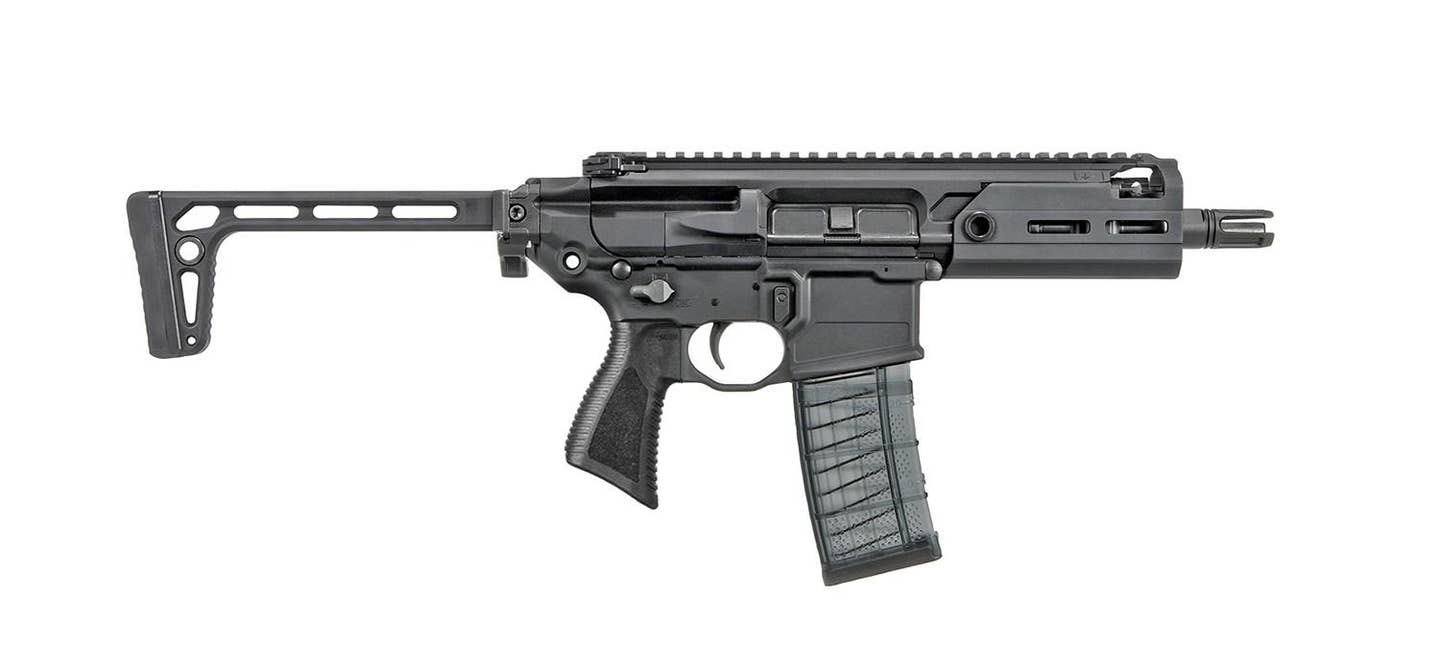Comparing The AR-15 5.56X45 With The Sig Spear 6.8X51
BY Herschel SmithTim makes the comparison and contrast. I really like Tim and have exchanged email with him, with Tim being helpful with advice in a purchase I wanted to make.
But I think they are wrong in their conclusions on almost every account. First, don’t shoot practice ammunition when you can shoot the real thing. No, .38 Spl versus .357 magnum isn’t a good comparison. If you intend to carry .357 magnum, you’d better be shooting .357 magnum at the range.
Next, I think the high pressures this cartridge generates is going to be problematic, including scorching the chamber and throat. Also, until you see this gun running its high pressures in hot environments for years, you have yet to see what sorts of problems will develop. Next, I think the weight is going to be problematic, both for the gun and the ammunition. Next, I think no one is ever going to shoot this in full auto – it will be completely uncontrollable. I could go on, but I think you get my main points.
What to do then? The Stoner platform is great, and so is the 5.56X45 for distances short of about 400 yards. For those who need to shoot further than that, they should have considered the 6mm ARC. No, they shouldn’t have considered it, they should have purchased upper receivers chambered for this cartridge as fast as they could.
The upper receiver will fit an AR-15 lower. The cartridge fits within the AR platform. Weight stays the same. Operation stays the same. A new upper receiver and new magazines is all that is required. For that, you get a 6mm bullet that weighs almost twice what the 5.56X45 does (103 grains, 105 grains, 108 grains) with the velocity of the 5.56X45, and a long bullet that has the ballistic design for effectiveness at 1000 yards. You do all of that with only 1 – 2 pounds more recoil.
Leave it to the DoD to make stupid decisions and waste money.




